Selected Plants of Navajo Rangelands
Thistle, bull
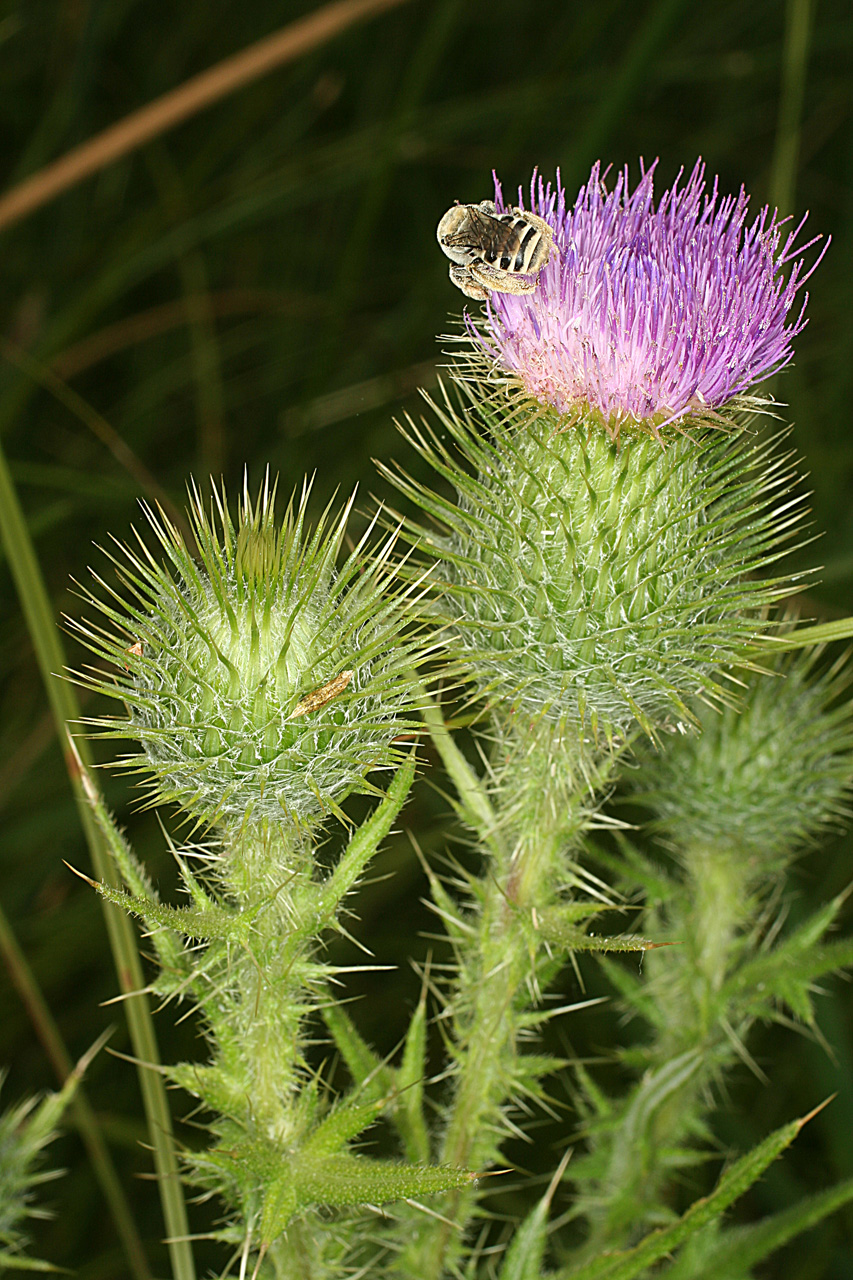
Bull thistle is widespread and occurs in many types of plant communities in North America. A comprehensive treatment of plant communities in which it occurs is not available. The following discussion provides examples of plant communities associated with bull thistle that have been mentioned in the literature. Bull thistle is a biennial, and sometimes annual or monocarpic perennial, forb. In the juvenile phase, individual bull thistle plants form a single rosette with a taproot up to 28 inches (70 cm) long. Rosettes may develop up to 3.3 feet (1 m) in diameter. The taproot does not spread, but develops several smaller lateral roots. Stems have spiny wings and grow 1 to 6.6 feet (0.3 to 2 m) tall, with many spreading branches, and sometimes a single stem. Bull thistle stem leaves are more or less lance-shaped and 3 to 12 inches (7.6-30 cm) long, prickly hairy on the top and very hairy underneath. Lobes on leaves are tipped with stout spines. Bull thistle flowerheads are 1.5 to 2 inches (3.8 to 5 cm) in diameter, 1 to 2 inches (2.5-5 cm) long, usually solitary, and more or less clustered at the ends of shoots and branches. Flowers are subtended by narrow, spine-tipped bracts.
Bull thistle fruits are achenes, 1/16th-inch (0.15 cm) long, with a long, hairy plume that is easily detached. Bull thistle reproduces and spreads entirely from seeds. Bull thistle flowers produce abundant nectar and require pollinators for effective pollination. Bull thistle is a very widespread weed that can grow in a wide range of environments but is most troublesome in recently or repeatedly disturbed areas such as pastures, overgrazed rangelands, recently burned forests and forest clearcuts, and along roads, ditches, and fences. Bull thistle is usually avoided by grazing animals because of its spines, and thus its proliferation is encouraged by heavy gazing on rangeland and in pastures. Additionally, rosettes that were damaged during heavy grazing on a pasture in New Zealand were stimulated by the damage to regrow.
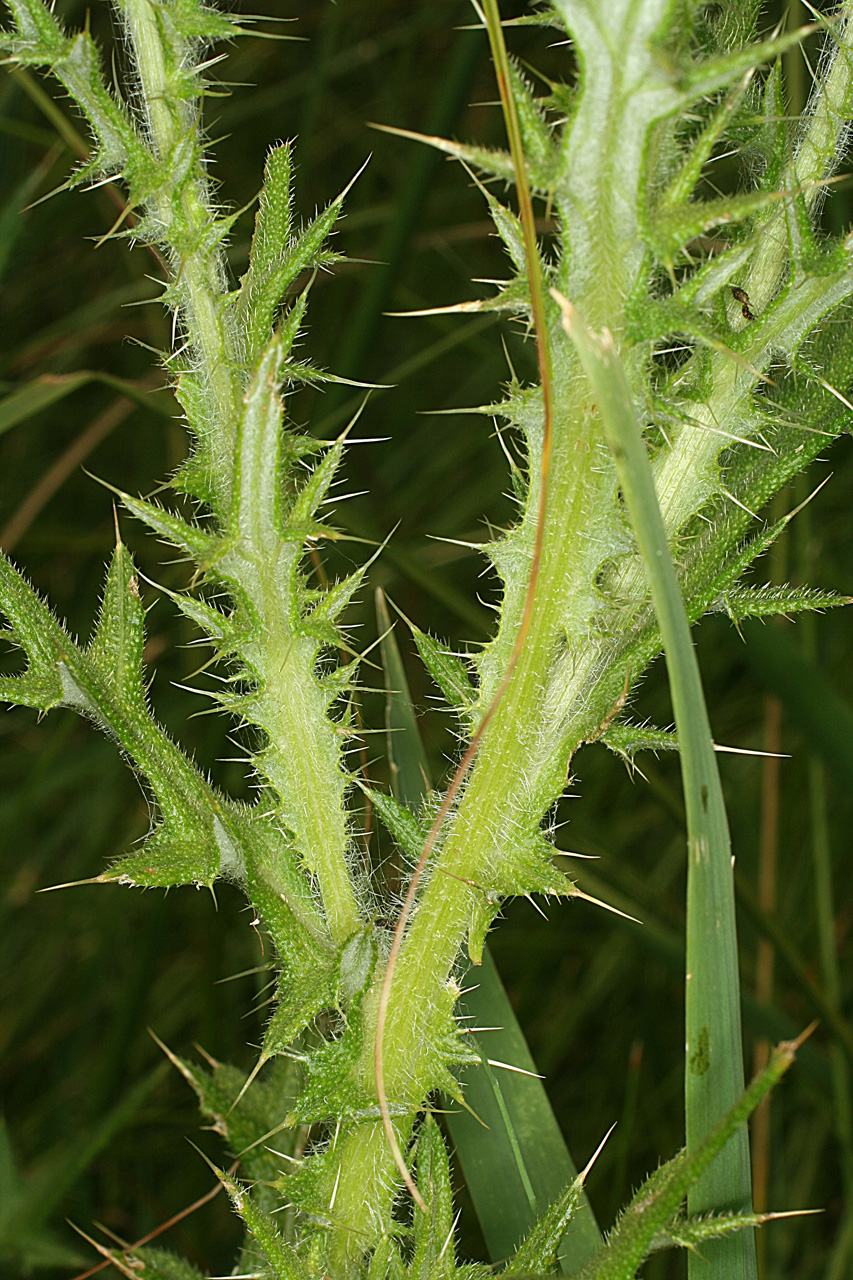
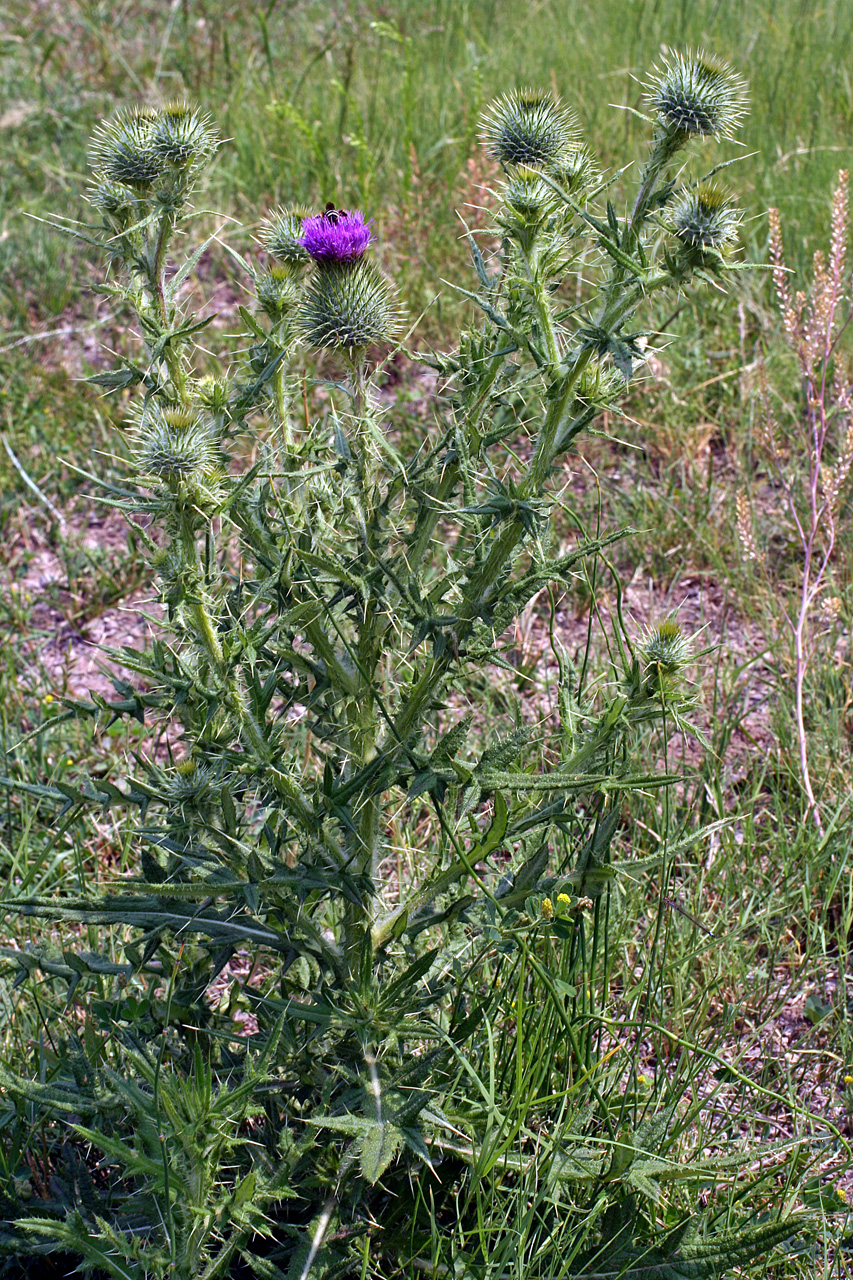
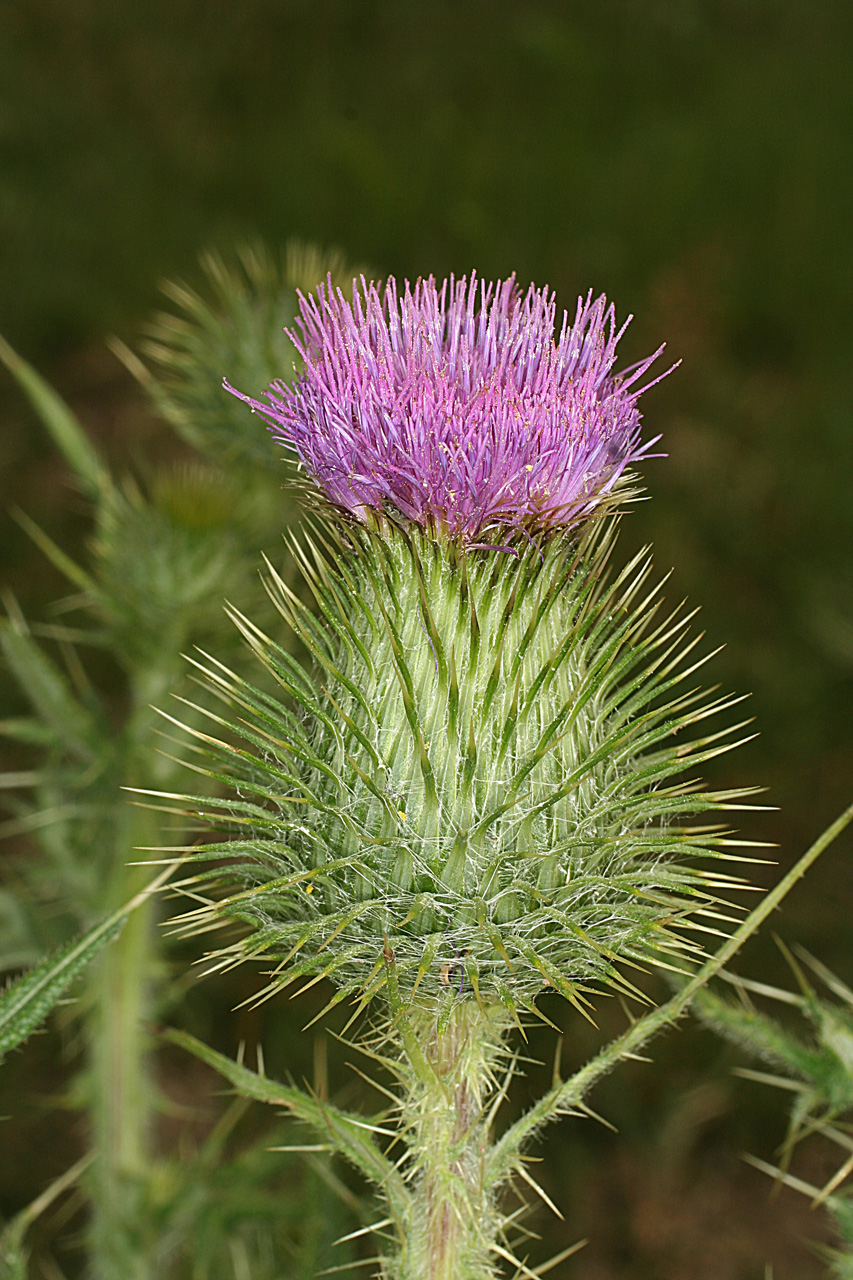
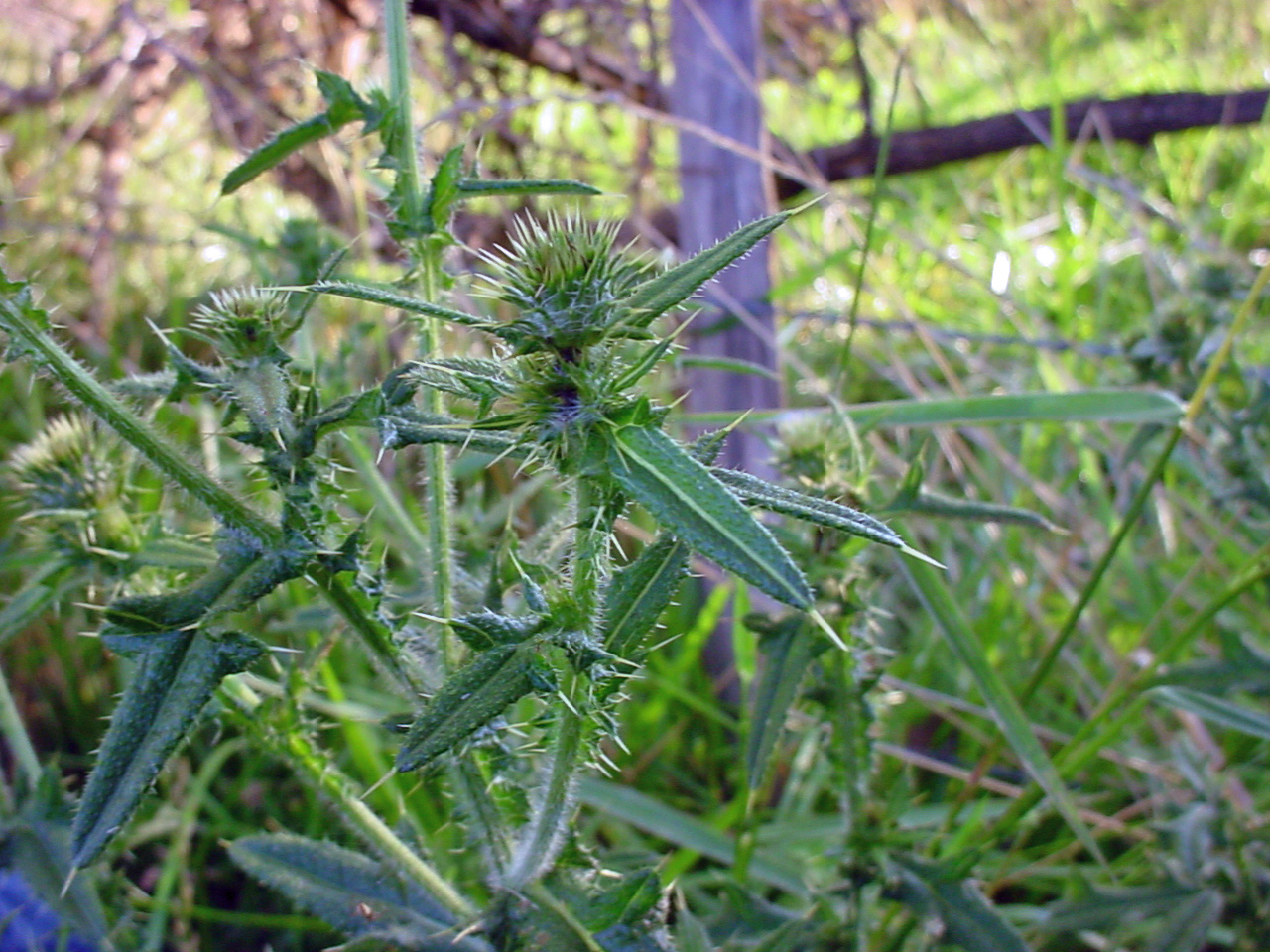
©2018 NMSU Board of Regents.
Individual photographers retain all rights to their images.
Partially funded by the
Western Sustainable
Agriculture Research and Education Program
(westernsare.org; 435.797.2257),
project EW15-023.
Programs and projects supported by Western SARE are
equally open to all people.